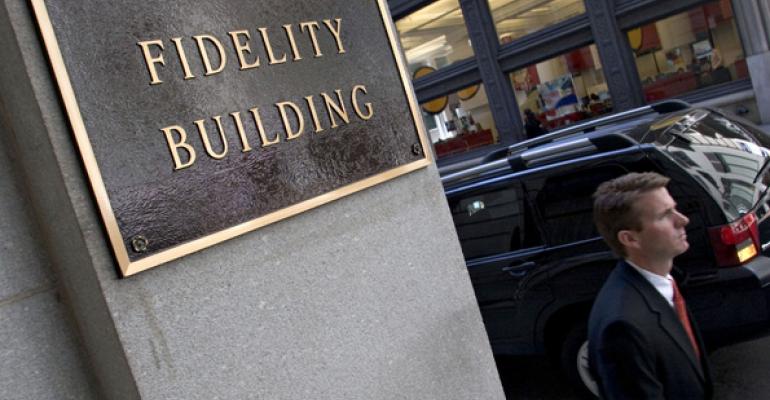Mergers and acquisitions activity is heating up in the independent broker/dealer space, with a total of five deals across $136 billion in assets year to date, according to Fidelity’s M&A Report.
The Fidelity report found fewer but bigger M&A transactions are happening in the IBD space, a sign firms are becoming more selective in the companies they acquire. They will decline deals that pose potential risks to their culture, sales record and firm value, Fidelity said.
“It’s going to be a risk from the standpoint of, what kind of contingent liabilities am I taking on?” said Scott Slater, vice president of practice management and consulting for Fidelity Clearing & Custody. “That’s why a lot of these deals tend to be acquiring books of business and not acquiring companies.”
In a high-profile deal, LPL Financial, for example, just recently purchased the assets, not the underlying firms, of National Planning Holdings.
Having a strong parent company behind the entity purchase may also limit the buyer’s risk, the report said.
Firms will also evaluate the advisors themselves and the risks they pose when considering a deal.
“[IBDs] don’t want to bring on teams of advisors that have regulatory issues, so they’re very attentive to what they’re bringing on,” Slater said. “They’ve got good due-diligence processes, they know what they’re looking for, and they’re willing to be discerning and selective in the deals that they decide to pursue.”
These firms will also look at how advisors use fees, embrace financial planning and employ different products.
Some of the deals tracked in the report include Ameriprise’s acquisition of Investment Professionals in April, Kovack Securities’ purchase of TKG Financial in May, Atria Wealth Solutions’ acquisition of CUSO Financial Services and Sorrento Pacific Financial in early August, and Kestra’s deal to buy H. Beck in August.
While Fidelity typically tracks M&A in the registered investment advisory (RIA) space, this is its first in the IBD space, and the report calls attention to the convergence of the two models, which look similar in their strategic objectives and advisor platforms.
“They’re both trying to help advisors grow and be more productive; they’re both trying to offer broader and attractive platforms to keep those advisors engaged,” Slater said. “The difference right now is that the IBDs do have a level of scale that’s far beyond the RIA platforms of today. As large as those are getting, they’re not at the same scale yet.
In the RIA space, there were 82 deals across $80 billion in assets year to date. As of 2015, there were 13,670 RIA firms, versus 904 IBDs, according to Cerulli Associates.
But the IBDs are more concentrated on trying to help their advisors grow; independent RIAs are twice as productive as IBD advisors, at $66.6 million in assets per advisor, Cerulli found.
“We’ve learned even in the couple years we’ve been doing the Fidelity M&A leaders forum that [RIAs are] getting larger, much better-run businesses, so you’re moving out of this cottage-industry dynamic that’s been there,” Slater said.




